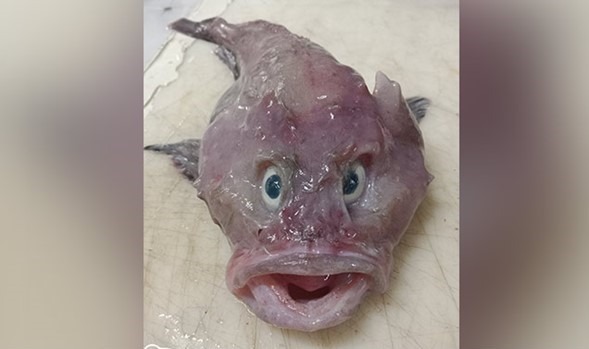| Translate This News In |
|---|
While the word “baby shark” is most commonly associated with a popular children’s song, it has delighted New Zealand scientists following the rare finding of a juvenile ghost shark during a study off the east coast of the country’s South Island.
Ghost sharks, also known as chimaeras, are not true sharks, although they are related to sharks because their skeletons are made of cartilage instead of bone.
These aquatic organisms are mostly inaccessible to researchers since they inhabit at depths of up to 6,000 feet (1,829 metres).
Brit Finucci, a scientist at New Zealand’s National Institute of Water and Atmospheric Research, told Reuters on Thursday, “What we do know tends to come from the large adults, which are generally a metre, a metre and a half in length.”
Finucci stated the newly hatched ghost shark was caught at a depth of 1.2 kilometres (0.75 mile). The young ghost shark was photographed with black fins attached to a translucent body with a wispy white tail and black eyes.
“I thought that was cool,” Finucci continued, “but none of the other passengers on the boat did.” “I immediately recognised it as something exceptional that we don’t see very often, so I grabbed it and snapped a few photos,” she explained.
She explained that juvenile ghost sharks are located at different depths than adults and have different appearances in some circumstances. Ratfish, rabbitfish, elephant fish, and spookfish are all names for organisms with huge heads and eyes in comparison to their bodies.
Embryos of ghost sharks grow in egg capsules on the seafloor, eating on yolk until they are ready to hatch.
The “rare and wonderful discovery,” she claims, will provide light on the species. “It fills in some of the gaps.”


















